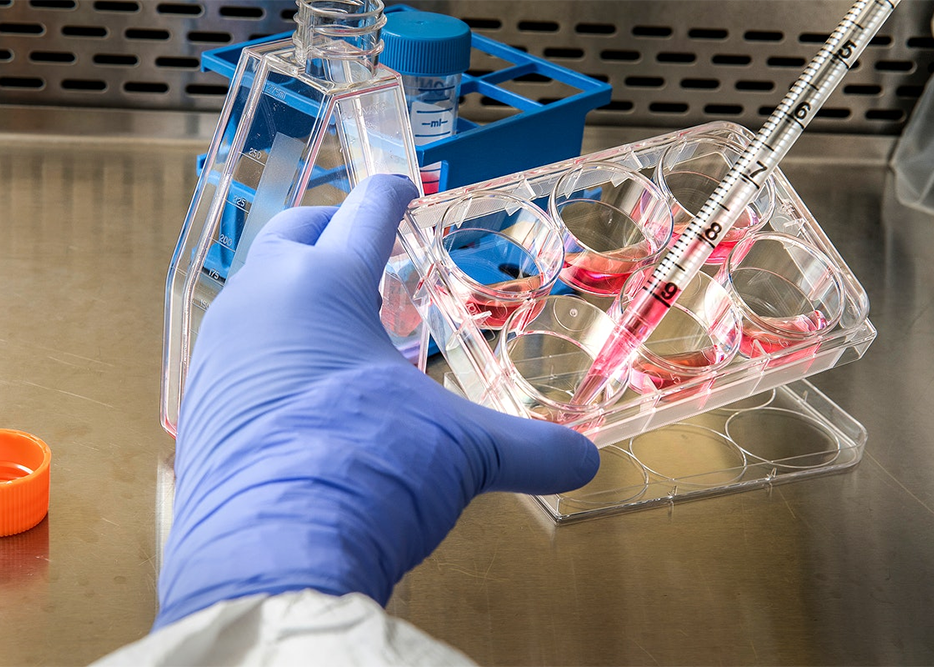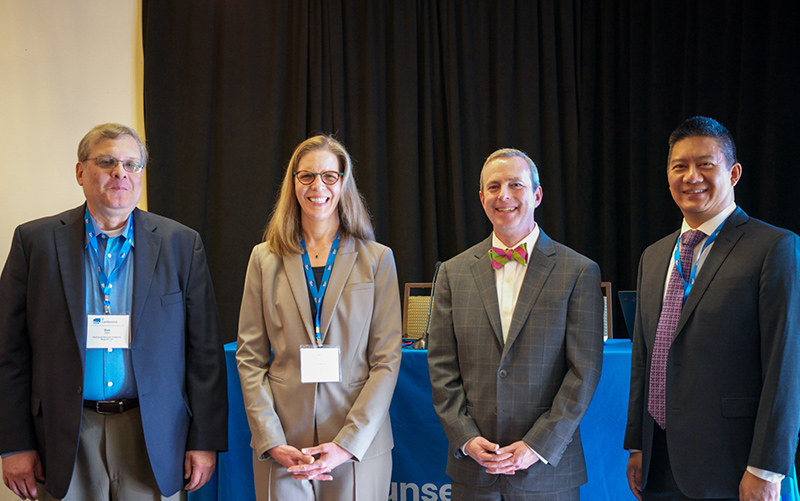In the battle against the current monkeypox outbreak, humanity seems to be ahead of where we were when COVID-19 first appeared. Smallpox solutions already produced by the biotech industry include FDA-approved vaccines and antiviral drugs, which are being deployed to fight monkeypox.
But unless we use those defenses swiftly and efficiently, this outbreak could prove difficult to control, experts say.
More than 5,000 monkeypox cases have been diagnosed in countries outside the disease’s typical range of Central and West Africa, affecting 51 countries worldwide with 90% of cases reported in Europe, per the Associated Press. While 10% of patients have been hospitalized – and none have died – WHO Europe Director Hans Henri P. Kluge urged a swift, aggressive response before the situation gets harder to control.
This sentiment is shared by Phillip Gomez, CEO of SIGA Technologies, Inc., which makes TPOXX (tecovirimat), an antiviral being used against monkeypox.
“The fear is there’s a very small window to interrupt transmission like this, that appears to be sustained, and I don’t see the response moving fast enough to interrupt that,” Gomez told Bio.News.
As of this writing, the outbreak has not been designated a Public Health Emergency of International Concern (PHEIC), on par with COVID-19, but with cases spiking 77% in a week, the designation could quickly change.
Source of monkeypox outbreak unclear
It’s hard to pinpoint the exact cause of the recent monkeypox surge, especially outside of its usual geographic range, said Gomez. Theories include an evolving virus or a weakening of old defenses.
“It has been increasing in incidence in Central and Western Africa for a number of years, and it’s hypothesized that is because of waning immunity,” he said. “The smallpox vaccination program before 1980 probably provided cross-protection.”
Early sequencing suggests this virus may be linked to infections seen in the U.K. before the pandemic, he added.
In the past, there were isolated cases of transmissions from animals to humans, and maybe from infected humans to their caregivers, but until recently, “we didn’t see sustained human transmission.”
Nonetheless, transmission between humans and animals remains a concern: “If it got in animal population, in some of the regions it’s currently transmitting, that would provide a reservoir, and a way for it to be around for a long time,” Gomez explained.
“I think the key focus now is on rapid response, interrupting transmission, treating people, immunizing people, education to make sure we try and stop this before it becomes endemic broadly,” he added.
Monkeypox treatments and ‘the last mile’
Monkeypox is a member of the orthopoxvirus family, which also includes smallpox and cowpox.
The FDA has approved three vaccines for smallpox, and one of those, Jynneos, is approved for monkeypox.
The FDA has given SIGA’s TPOXX antiviral pills approval for use in smallpox under the “Animal Rule,” a special exception to FDA’s general requirement for human clinical trials – a rule applicable only to medical countermeasures for bioterrorism threats. TPOXX met FDA drug safety standards but has not been tested directly for efficacy against smallpox in humans because the human challenge would be unethical or infeasible, given the disease’s eradication. Instead, FDA relied on efficacy data for TPOXX against orthopoxviruses in animal hosts in well-controlled studies.
TPOXX is available to monkeypox patients under the CDC Expanded Access Investigational New Drug Protocol, for patients with severe disease, risk of severe disease, or special vulnerability, including being pregnant or immunocompromised or having an infection in a dangerous anatomic area, such as in recent cases of sexual transmission. TPOXX is also being used in the European Union, where the European Medicines Agency has given wider approval for its use against monkeypox under their own “exceptional circumstances” rule, and it was recently approved in the U.K.
While the vaccine and antiviral are available, Gomez questioned how well they would be used.
“The challenge is, in some ways, the last mile that is often talked about in global public health,” he said. “We do have tools, but you can’t deliver them within minutes of an outbreak. And, unfortunately, for orthopoxvirus, it needs to be a very rapid response.”
Antivirals are essential to the response. Given COVID vaccine hesitancy and the small size of the outbreak, officials are currently not considering a broad-scale vaccination campaign, Gomez said. Because the vaccine is only effective if administered within a few days of infection, TPOXX may be valuable as a prophylactic, administered with the vaccine to people who may have been infected to “reduce the strength and length of the infection,” Gomez noted.
SIGA is working with the U.S. military to conduct a clinical study to administer TPOXX and Jynneos simultaneously to confirm TPOXX doesn’t interfere with the vaccine.
A stockpile against a family of viruses
Since smallpox was declared eradicated in 1980, the U.S. has been stockpiling smallpox vaccines and antivirals, due to concerns the virus could be used as a bioweapon. As a result, the United States had some doses available, as well as a supply chain in place, when the current monkeypox outbreak began. The White House announced immediate distribution of 56,000 vaccine doses and ordered more, with plans to distribute 1.6 million doses of Jynneos by year’s end.
The U.S. government is also providing some access to TPOXX under the CDC’s expanded use protocol, with a stockpile of “about 1.7 million courses,” per Gomez. “The last two years, we’ve been working with the U.S. government to resupply the stockpiles, so we delivered $112.5 million worth of product in 2020 and 2021. We’ve been delivering to the U.S. government since 2013; it’s a mature supply chain.”
Both the vaccine and TPOXX address the entire orthopoxvirus family, and focusing on virus families is now considered essential in pandemic preparedness strategies of the White House, G7, and U.K., Gomez said.
The lesson of addressing virus families might have been beneficial in his previous job with the Vaccine Research Center at the National Institutes of Health (NIH). “We worked on the first SARS vaccine,” said Gomez. “In retrospect, we probably should have focused on coronavirus vaccines broadly, and started to develop pan-coronavirus vaccines, because obviously we saw MERS and then COVID-19. Orthopoxviruses, as we are now finding out, are not just a threat because of smallpox. We have monkeypox, which in Africa, the Central African strain has a 10% fatality rate.”
“The next question is: Do they have enough courses to use all of the potential tools to contain this potential outbreak?” Gomez asked.
This is especially a concern outside the U.S. and Canada, the two countries with stockpiles: “WHO often cites that our drug has limited availability, and that is simply because other countries haven’t purchased it, not that we have any challenges with being able to manufacture or deliver.”
SIGA recently received $13 million in orders from several countries. “We’re working through orders, trying to make sure it’s available,” Gomez said, “and also collaborating in Africa, where, again, this has been a challenge for a number of years.”
Now that monkeypox has spread beyond Africa, it is getting the attention it always deserved, Gomez said.
But he was still unsure whether the new focus comes in time to control the current outbreak.




